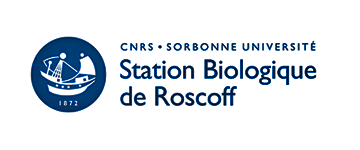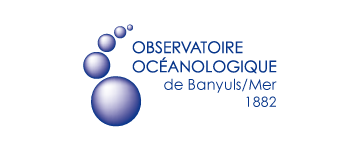Objectives of the project
The main objectives of CINNAMON will be to use a cross-scales approach i) to decipher the main mechanisms involved in the responses to Fe limitation and temperature of picocyanobacterial ecotypes specific of low-Fe niches, ii) to determine their respective adaptability to changes in these parameters and iii) predict the consequences of this genetic diversification on their in situ distribution and dynamics in the context of global change.
To reach these goals, CINNAMON will use a clever combination of laboratory experiments, where conditions (Fe availability and temperature) can be fully controlled, as well as analyses of populations in the field, where more complex biotic and abiotic interactions occur. While most previous studies on the effect of Fe limitation have compared the responses of coastal and open ocean phytoplanktonic strains or populations, one originality of CINNAMON will be to use genetically distinct strains of the marine cyanobacterium Synechococcus clade CRD1 that have been isolated from a chronically low-Fe environment. We will also take advantage of the numerous picocyanobacterial genomes and transcriptomes (either available or generated during CINNAMON), to decipher the genetic basis of the acclimation/adaptation capacities of the different CRD1 genotypes to low-Fe and temperature, as compared with strains from other Synechococcus clades that predominate in Fe-replete areas. Most importantly, due to their representativeness in term of genetic diversity and their high natural abundance in the field, picocyanobacterial genomes can reliably be used as references to functionally assign any meta-omic reads at a high taxonomical resolution. For this, we will use the omics datasets from all recent global ocean surveys (Tara-Oceans, Tara-Polar Circle, Tara-Pacific and Malaspina expeditions), which covers a wide range of oceanic regimes and constitute a huge and still underexplored mine of information. These analyses will allow us not only to validate at the population level the observations made on representative strains, but also to identify additional and potentially novel genes or biosynthetic pathways responsible for the adaptation capacity of these ecotypes to low-Fe regions of the world ocean that will be further explored by inactivation of selected genes. All these data will be integrated into models of gene regulation and metabolic networks in order to determine i) whether the molecular mechanisms involved in the response to Fe scarcity results from adaptation (presence/absence of Fe metabolism genes in specific ecotypes) and/or acclimation processes (differential expression levels) and ii) whether this response rather relies on metabolic or regulatory machineries. Altogether, the unique combination of comparative physiology, (meta)omics and modelling should provide novel insights to better understand how phytoplankton adapt to Fe-poor environmental niches.
As most projects, CINNAMON displays a number of risks, but none of them should severely affect it. A first risk is that the physiological comparison of strains in culture could reveal only few differences between strains isolated from Fe-poor and Fe-replete areas. However, this risk is limited since preliminary experiments showed that the growth rate of strains representative of Fe-replete areas was strongly reduced after a few generations in Fe limited conditions, while CRD1 strains were able to maintain a much higher growth rate. The second difficulty is linked to the processing of huge meta-omics datasets, which constitutes a central part of the CINNAMON project. However, this should not represent a major bottleneck since two partners are deeply involved in the Tara-Oceans project since its beginning and thus have a strong expertise of meta-omics data analyses and most tools/pipelines necessary for their analyses are already available.








